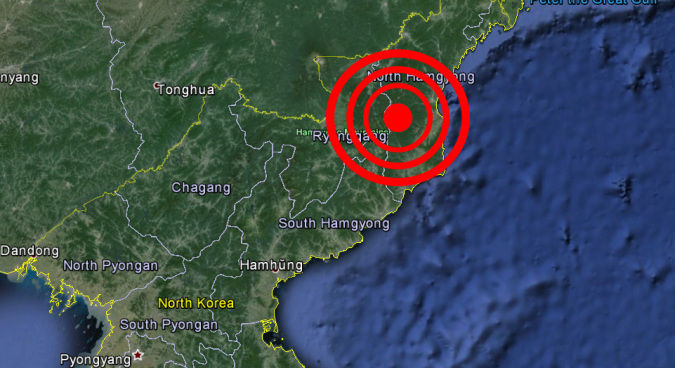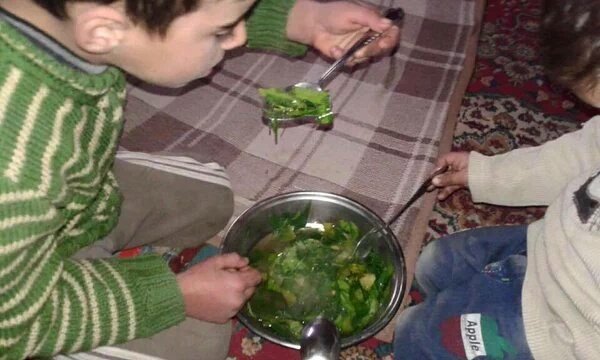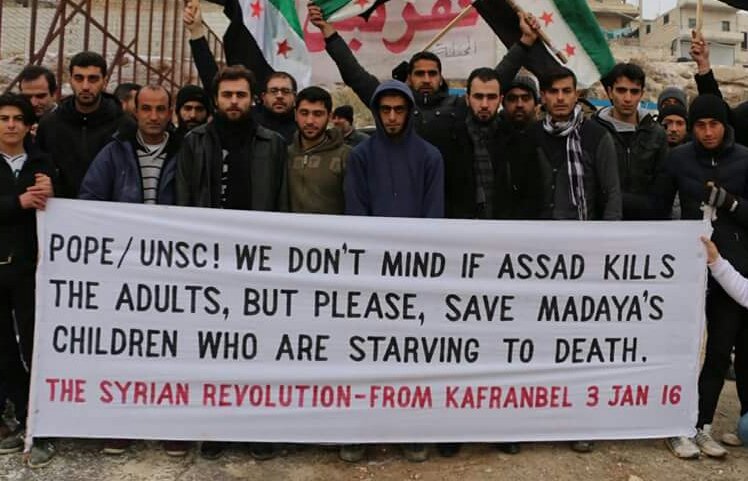Obama’s America: Lock up Guns, Release Violent Gun Felons
CR, Horowitz: Isn’t it sadly ironic that the man who wants to flood the country with Islamic refugees and criminal aliens is concerned about expanded background checks on law abiding gun owners?
As Mark Levin pointed out last night, Obama has protected sanctuary cities and dangerous criminals, yet claims to be concerned about the public safety threats of an inanimate object. In addition, one of the critical agenda items for this president’s final year is the release of thousands of violent drug and firearms felons from federal prison. Among some of the recent prison releases were criminals convicted for armed robbery and firearms violations.
Unfortunately, Republicans in Congress are pushing legislation that will help promote Obama’s dangerous and hypocritical agenda by retroactively releasing a number of felons who committed crimes with firearms and had a relatively long rap sheet.
What happens when you release hardened criminals, especially from federal prison?
- On November 2, U.S. District Judge Eleanor Ross (Obama appointee) gave just one-year of probation to a defendant who admitted buying a gun for her felon boyfriend in a straw purchase, which he later used to shoot and kill Omaha Police Officer Kerrie Orozco.
- Consider the case of Raleigh Sizemore, who recently murdered Richmond, Kentucky police officer Daniel Ellis, by shooting him in the head in the course of attempting to rob a gas station. Prior to this, Ellis had been convicted of operating a meth lab—which caught fire—and criminal mischief, and was sentenced to 10 years but made parole in April of this year, after serving just over three years. A week before he killed Officer Ellis, a warrant was issued for his arrest for violating his parole. This is exactly the type of person Obama and some Republicans want to release with more regularity.
The appalling hypocrisy of Obama as it relates to violent criminals juxtaposed to peaceful gun owners is best illustrated by a narrative the president himself used in his speech today. In the irony of all ironies, Obama invoked the act of Zaevion Dobson, a high school football player in Tennessee who shielded three girls from death with his own body during a drive-by shooting, to exhort Congress into passing gun control.
So who were the shooters in the Dobson case?
Brandon Perry had a couple of minor drug charges, along with a charge for “unlawful possession of a weapon” and for “alteration of distinguishing numbers.” He was back on the streets in no time and soon after killed Zaevion Dobson in cold blood. He himself was killed later that night in retaliation for the murder.
While Obama is busy violating separation of powers to impose more laws on peaceful gun owners, he is releasing the very sort of violent gun felons who killed Dobson
Perry’s accomplice in the Dobson murder, Christopher Bassett, was arrested along with two others a year prior to the shooting when police stopped his car for a busted taillight. He got out of the car and ran, as did one other passenger. They were both caught, and the police found three bags of marijuana and a digital scale in the car and on the suspects. They also seized “a small amount of white pills.” Bassett was let out on probation and was a part of the murder on that fateful night in December.
Brandon Perry and Christopher Bassett are exactly the sort of “low level” criminals, charged with drug and firearms violations, that Obama and congressional Republicans want to release from prison. But these people barely measure up to the profile of those Obama is releasing, and yet they still went on to commit murder. These two kids were never placed in the federal system. As I’ve noted many times, you have to be a big time drug dealer in order to actually serve hard time in a federal prison. Furthermore, it is these types of violent criminals, who commit many of their crimes as juveniles, that Obama and the Senate bill would retroactively release.
Hence, while Obama is busy violating separation of powers to impose more laws on peaceful gun owners, he is releasing the very sort of violent gun felons who killed Dobson, the very hero with which Obama used to promote this political agenda.
Only a coward would focus on the inanimate object, while ignoring the people who have used those objects to harm others. Yet, this powerful juxtaposition sums up Obama’s America and the moral bankruptcy of modern day liberalism.




